A.C.C.E
LEAD GEN BLUEPRINT
If you have an online business, you’re selling something. It might be a product of your own, a service you provide, an affiliate product etc. Whatever it is you’re selling, you need leads.
Learn more about how to start generating leads as you move through this guide.
ATTRACT: Lead Magnet
- be specificA lead magnet should speak to a specific issue, objective or outcome. It should never be vague. They must offer a specific solution to a specific market.
- solve 1 big problemWe all want the “quick fix” or “magic pill”. It’s better for a lead magnet to deliver on one big promise as opposed to lots of small promises.
- instant deliveryYou know what they want, and they want it NOW! Don’t make them have to take another action step to get the promise you offered. The Lead Magnet should provide the solution immediately.
- perceived high valueJust because the Lead Magnet is given away “free” doesn’t mean it should LOOK free. In fact, this is when you need to look and sound your absolute best. For some this is one of the first contact points the prospect has had with your business – first impressions matter.
- clear "Next Step" actionThe Lead Magnet must include a Call to Action that invites them to take the next step with you. It can be a link or button or an encouraging word to call, click, make a booking. What ever it is it should be obvious and easy to follow through on.

When planning your lead magnet ask yourself:
The Landing Page (Squeeze Page)
Once you have chosen your system and set up your initial campaign, it’s time to think about creating your offer, which many people refer to as your “lead magnet”. It’s kind of like fishing, where your leads are the fish, and your lead magnet is the bait that lures them in.
Remember, this offer should appeal directly to your chosen demographic. You can’t expect to catch a catfish with a flashy lure meant for bass. While it’s possible, it’s not likely, and you’d stand a much better chance of catching a catfish with something that is known to appeal to them—such as chicken livers, or earthworms, or stink bait.
Try to think about what might appeal to your target audience. What would they be interested in learning that they don’t already know? What would they be interested in getting a discount on?
Most people create a special report as their lead magnet. It’s usually 10-20 pages, but may be up to 50 or so, depending on how much you want to say. Longer reports are more appropriate when you have a complex subject and aren’t selling information on the topic.
For example, if you’re in real estate and selling houses, you can give away a 50-page guide on how to find the perfect house, including information about stuff like zoning regulations, homeowners’ associations, utilities, road frontage, home inspections, etc.
But if you’re selling a course on SEO, a shorter report, say 20 pages, on a small segment of the topic would be much more appropriate, because you don’t want to give away all your information for free.
You can always outsource the creation of your lead magnet, or purchase a high-quality PLR product that you can use. This will save you a lot of time.
If you are in the Internet marketing or B2B (business-to-business) fields, you might be interested in signing up for the Automated List Profits monthly program, which delivers two fully-automated lead generation packages per month and includes a report, squeeze page, and thank you page.
All you have to do is paste your opt-in code and upload everything! >> https://promotelabs.com/automated-list-profits
You might also consider just offering an enticing discount coupon to leads, especially if you have a product that is in demand in your niche. This is especially useful if you have a recurring business model or a sales funnel with upsells that will allow you to use the initial sale as a loss leader and make more money on the back end later.
Once you have your lead magnet ready, be sure to add a link to it to your autoresponder service as a follow-up after people opt-in. You don’t want to have to send all those freebies out manually!
Check your autoresponder’s help files to find out how to set up a follow-up email that contains a link to your lead magnet. The process will be slightly different for each service, but it’s not difficult. It’s about as easy as sending an email.
Then it’s time to create the squeeze page (also called a landing page) to promote it!
CONVINCE: Landing Page
Top hero section with engaging headline
Compelling call to action above the fold
Immediately identify the pain, issue, concern
Match your solution to the problem
Include social proof(reviews, testimonials)
The Landing Page (Squeeze Page)
Your landing page (also called a squeeze page) is your lead generation page. This is a web page created specifically to collect information from people and once they do, your autoresponder will direct them to the page where they can download their freebie.
This page should be relatively short. It’s not like a long sales letter. People don’t need that much convincing when something is free, but they do need some. After all, they don’t want to give up their personal contact details unless they really think your lead magnet will benefit them.
For this reason, squeeze pages should have just enough information to entice the reader into taking action. If it’s too long, people will get bored and leave before they opt in!
Generally speaking, a squeeze page should consist of:
- Headline – This needs to immediately capture their attention and persuade them to continue reading.
- Sub-headline – This provides a little more information and works as your headline’s supporting agent.
- Bullet points – Quick, digestible highlights about how your prospect benefits by subscribing to your newsletter, or entering your funnel.
- A call-to-action – A direct prompt that instructs your prospect how to complete the process of signing up for your free offer.
- Your lead generation form – usually generated by your autoresponder service or lead generation service with various form fields and a button to submit the information.
Information to Collect
Most people collect only the name and email address of their leads, but you might need more information than that, depending on your niche market, and whether you wish to further segment your lists and identify potential customers through demographic based data.
The name and address of potential customers is probably enough information for general marketing purposes, but what if you’re selling a higher-end product or service like real estate or legal services, or something that requires one-on-one contact like coaching, you’ll want to begin collecting as much information as possible to help you better connect with potential customers.
In cases like this, it’s probably a better idea to ask for name, address, telephone number, and email. You might even need additional information, such as date of birth (if you’re selling something for adults only, for example) or even more detailed information, such as the breed of dog they own, or their income. You don’t want to ask for too much information—which will just cause people to get frustrated and leave without filling out your form—but you want to get just enough information to make sure they’re qualified.
In other words, what information do you really need to know upfront, and what can you gather later in the selling process?
Once your squeeze page is set up, and you’ve added the lead magnet to your autoresponder service, it’s time to start sending traffic to your squeeze page!
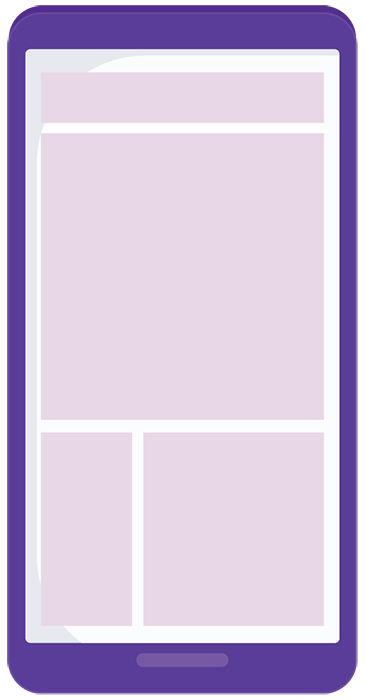

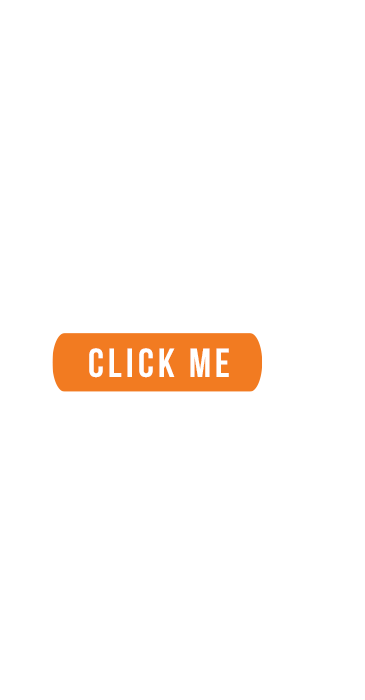
CONVERT: Email System
Use an automated email sequence (mailchimp, convertkit)
Deliver on the promise (the lead magnet)
Reinforce key elements of the solution
Connect to a paid product or service
The Email System
The first thing you absolutely must do if you want to generate leads is to sign up for a service that will allow you to build a database of leads through a web form. Most people simply use an email autoresponder service such as MailChimp, MailerLite, aWeber, or ConvertKit to store their leads in a database.
But there are also Customer Relationship Management (CRM) systems that will let you collect, store, manage, and search many different types of information if you need more details from your leads.
If all you need to collect is name and email, which is fine for most online marketing purposes, you can just use a simple autoresponder system.
Here is a list of some of the most popular email marketing services. Each of these services is widely respected and most have similar features and pricing.
Email Marketing systems
- Convert Kit >> www.convertkit.com
- Zoho Campaigns >> campaigns.zoho.com
- MailChimp >> www.mailchimp.com
- MailerLite >> www.MailerLite.com
- AWeber >> www.aweber.com


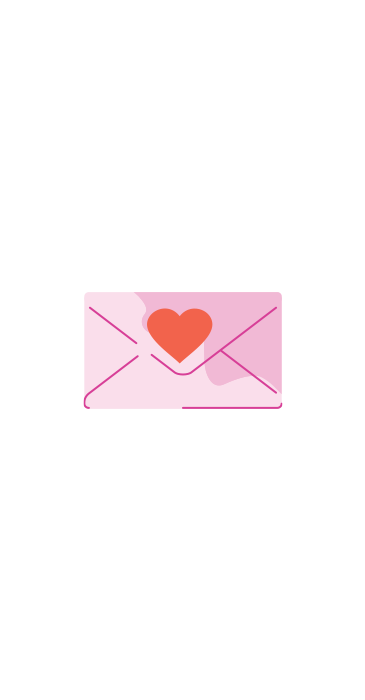

ENGAGE: Traffic
Blog posts that address the problem and point to your solution(the landing page offer)
Social Media posts that address the problem/solution
Affiliates & partners who share your solution to their audience
Speaking engagements to establish your authority
The Traffic
The three previous steps were pretty easy. Even if you create your own lead magnet from scratch, and you need time to learn how to use your autoresponder or CRM, you can complete the other three steps in a few days at most.
You might think traffic is the hardest part, but it’s actually a lot simpler than you think to get traffic! We’re going to take a look at a few of the best strategies for getting traffic, both free and paid.
Free Traffic
As far as free traffic goes, there’s only one method that’s quick enough to generate traffic starting today, doesn’t have a hefty learning curve, and provides quality traffic that can convert: social media.
Keep in mind that certain markets are more inclined to use certain social networks than others, so it’s important to locate your market and be certain you’re focusing most of your time and energy on those locations. While you can still use other social networks, most of your effort should be focused on those sites that have a higher concentration of your target demographic.
We’re going to look at a few of the most popular social networks, and how you can locate your target demographic on each one in order to find out which one(s) you should concentrate on.
Locating your target demographic on Facebook is relatively simple. Begin by searching for a topic related to your niche and find pages and groups that fit your niche.
For example, if you are offering a dog walking service, you’d want to search for things like groups for pet owners in your city or state. Find out how many people are in those groups, and how many groups there are. This will give you a rough idea of how many people you can reach on Facebook.
Join these groups and participate in them, making sure you follow their rules. If they don’t allow promotions, you’ll need to contact the group administrators and ask for permission to advertise your service.
Otherwise, you should be able to pipe in if people happen to ask about dog walking services.
You can also start your own group, which is your best option. This will give you a source of traffic you can turn into leads anytime.
You should also start a Facebook page for your business, and you can even include a link to your squeeze page on your Facebook page.
Pinterest is like an online corkboard. You can have multiple “boards”, and then pin images with links, sort of like bookmarking a page.
You can find out how popular your niche is on Pinterest by performing a search, and then clicking “Boards” to find out how many people have boards related to your niche AND how many followers those boards have.
You can also search pins for the niche and see how many repins each one has. This will let you know how interested people are.
Pinterest has a huge amount of traffic, and it’s relatively easy to access just by following accounts that have some connection to your niche and pinning content related to your niche and using keywords in your board names and descriptions.
You’ll need to have some interesting content to pin, so it’s a good idea to have a blog or website that you use to post content related to your field. For example, you could have a dog care blog for your dog walking service and post useful information for pet owners.
One important thing to note is that Pinterest is heavily imaged-based, so you’ll need good images to pin that relate to your article.
For example, if you’ve posted an article called “5 Tips for Housebreaking Your Puppy”, you’d want to include a photo of a dog being trained, or something related to housebreaking a puppy, and have the title of your article on the image.
If you take a look at Pinterest, you’ll see that most images are taller than they are wide. That’s because they take up the most screen real estate since images are constrained by width, but have much more space to expand lengthwise. Thus, try to make sure your images follow the same format.
Instagram is a great platform for visual content, and you can get a lot of traffic from it, especially if your business is related to fashion, beauty, art, lifestyle, food and cooking, crafts, or other topics that are popular.
You can get a good indication of what’s popular on Instagram by opening the app and clicking the search icon, searching for a term related to your niche, and then clicking “Tags”. This will show you how many posts are currently on the site using that phrase, as well as lots of related phrases.
For example, when I search for “dogs”, I see millions of posts with such hashtags as #dogsofinstagram, #dogs, #dogstagram, and #dogsitting.
You can also click the “People” tab and click some of the top profiles to see how many followers they have. This is another good indicator of interest in your topic.
There are three important steps to getting traffic from Instagram:
1. Fill out your profile and include a link to your website or squeeze page there. Make sure to choose an interesting photo of either yourself or something related to your niche for your profile picture. And include that link because you can’t include links in the descriptions of your individual posts! (Just tell people to check your profile for a link.)
2. Post often. Instagram posts scroll by and are gone quickly if someone is following a lot of profiles, so the best way to get seen is to post as often as possible. Don’t spam! Just a few posts a day is fine, but spread them out every few hours. And don’t forget to add at least 5 relevant hashtags to every post!
3. Follow people who are related to your niche. Many will follow you back, and others will find and follow you from those people’s profiles. It’s a good idea to follow at least 20 new accounts each day, which you can find easily through the search function and referrals from other people. Stick mostly to following accounts related to your niche, because you want qualified leads, not just a high follower count!
Email Signature
The email signature is the name and contact details that sits at the bottom of every email. It is also potentially the marketing tool that is most used, most seen BUT is most often overlooked and underused as a means of directing free traffic.
Typically the email signature includes the logo, a photo, contact details and a link to social media profiles and the website. But take it a step further by including a link the landing page through which they can access your lead magnet. The Email Signature would have to be the cheapest marketing tool with the most views and the highest potential for a positive return.
Google Business Listing
Google My Business is a free tool for businesses and organizations that lets you manage your online presence on Google, specifically in Google Search and Google Maps.
If you’re just getting started with building up your online presence, Google My Business Listing is an important factor in being found online. Remember, most customers are close to making a purchase when the business they searched for is near them. So make sure that the information they see about your business online search is accurate and complete.
The Google Business Listing also includes posts and offers. Posts can include text, photos, or videos to promote your profile, this is ideal for sending free traffic to your landing page.
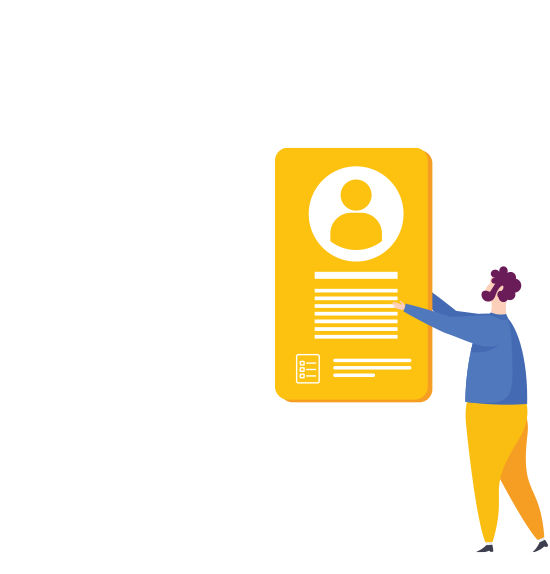
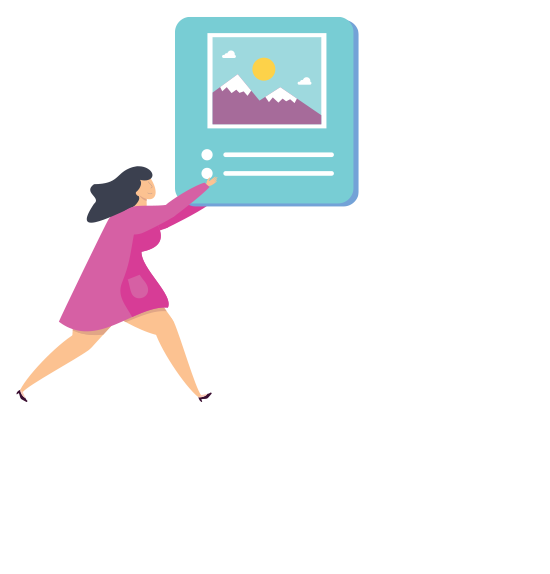
THE A.C.C.E.
LEAD GEN BLUEPRINT
CREATED FOR YOU BY ARTIFEX MARKETING STUDIO
Have you seen the NEW & FREE
5 Day Lead Challenge?
With the funnel king – Russell Brunson
The whole goal is to get you RESULTS using a PROVEN simple step by step framework for attracting and delivering highly qualified prospects right to your website.
All it takes is 30 minutes a day for 5 days.
Here’s a sneaky look at the schedule…
Day 1: Unlimited Leads
- How lead funnels work
- How to structure your lead machine
- Understanding the core foundation
Day 2: Creating Your Lead Magnet
- How to build your Lead Capture page
- How to create your Lead Magnet to attract unlimited leads
- Free ‘Lead Magnet’ software
Day 3: Creating Your Lead Squeeze Funnel
- Capturing names, emails, phone numbers
- Attract QUALIFIED prospects
- Build your simple 2-page funnel
Day 4: Creating Your Followup Funnel
- How to engage and keep your leads
- How to write a compelling email sequence
- How to build rapport and a relationship so they BUY
Day 5: Launch Your Lead Funnel
- Go LIVE with your Funnel
- Capture ACTUAL leads for your business
- Start building your list